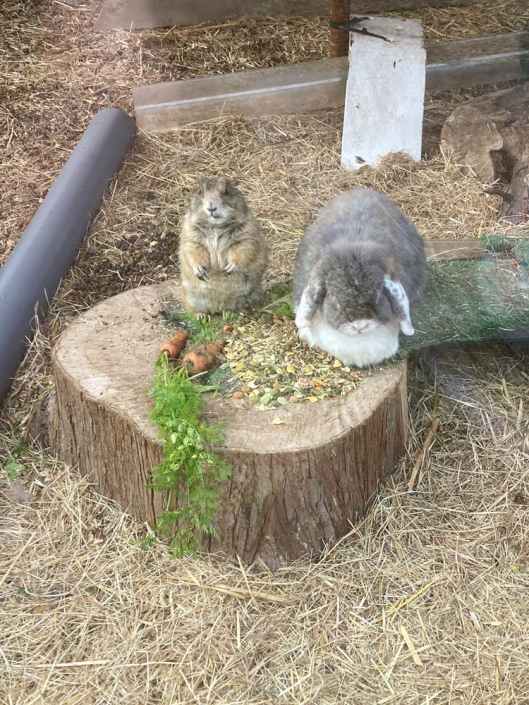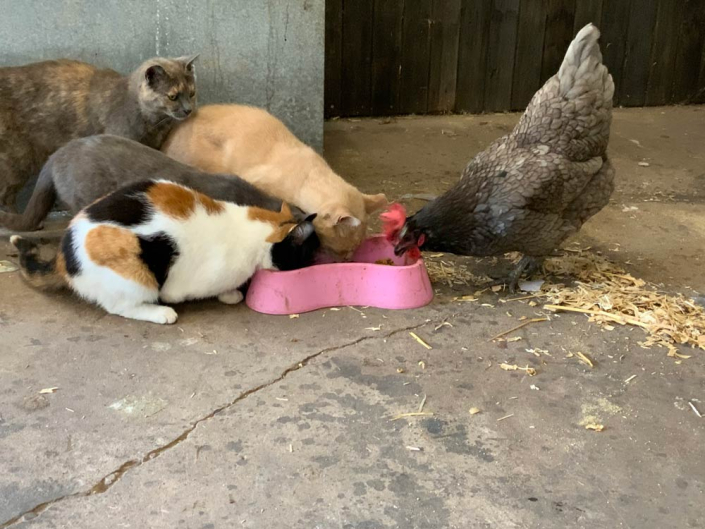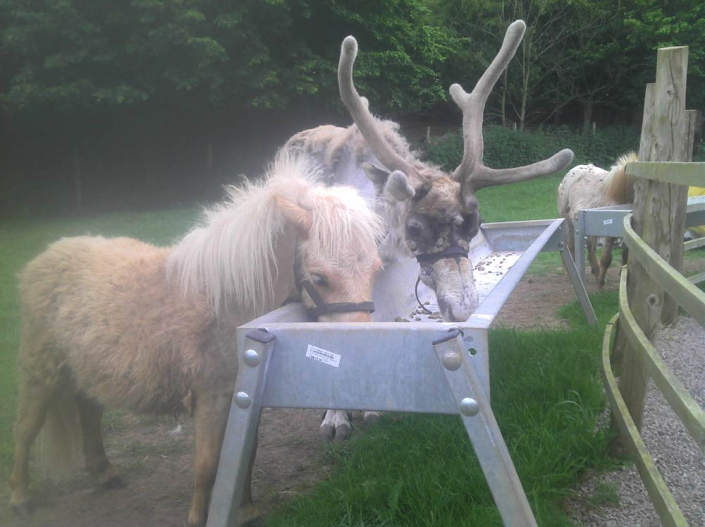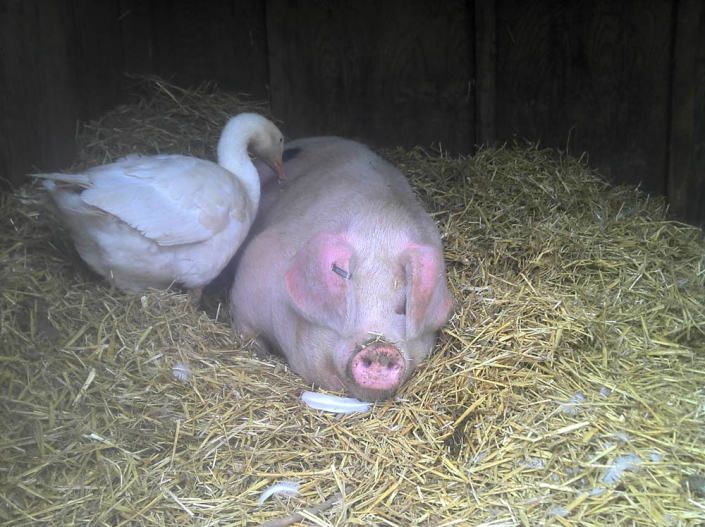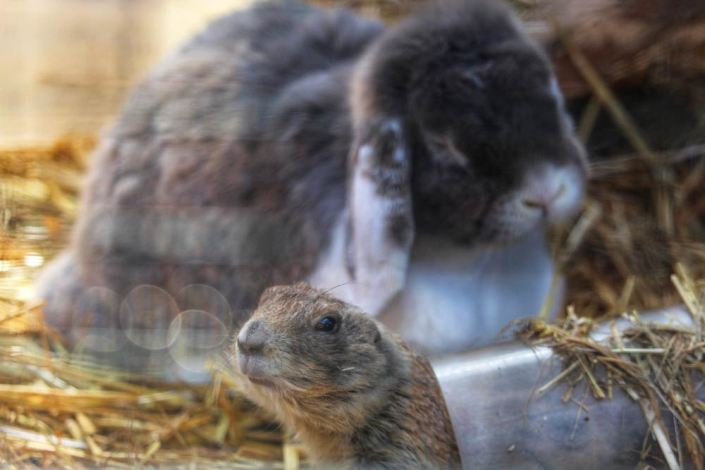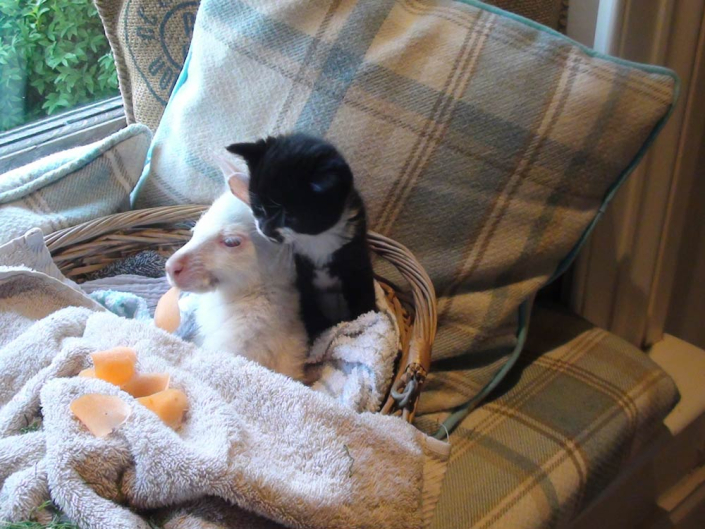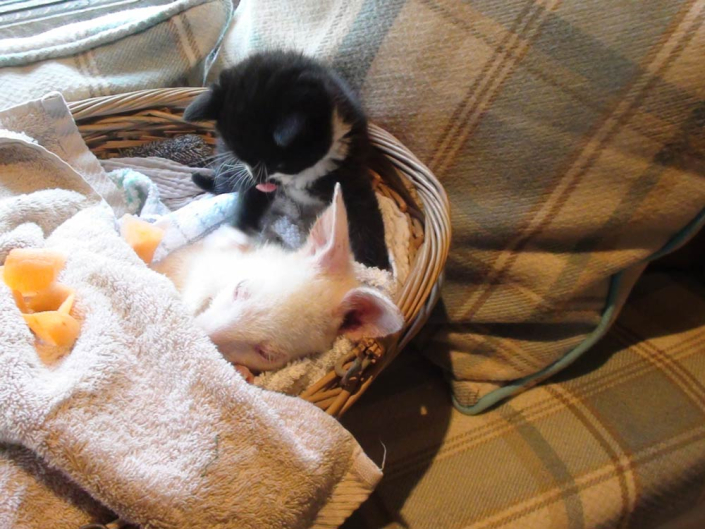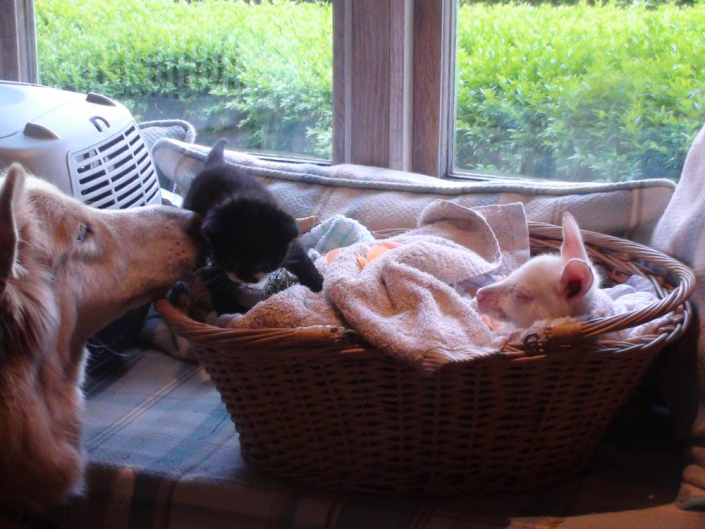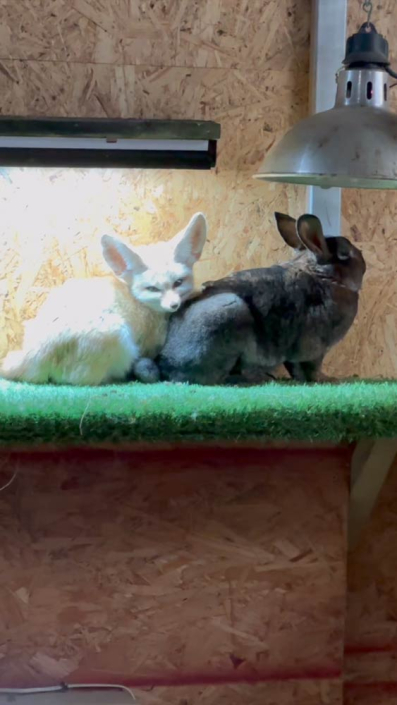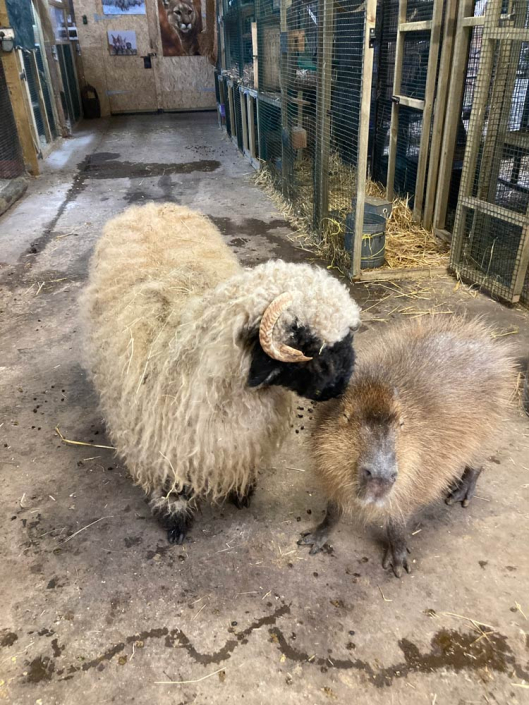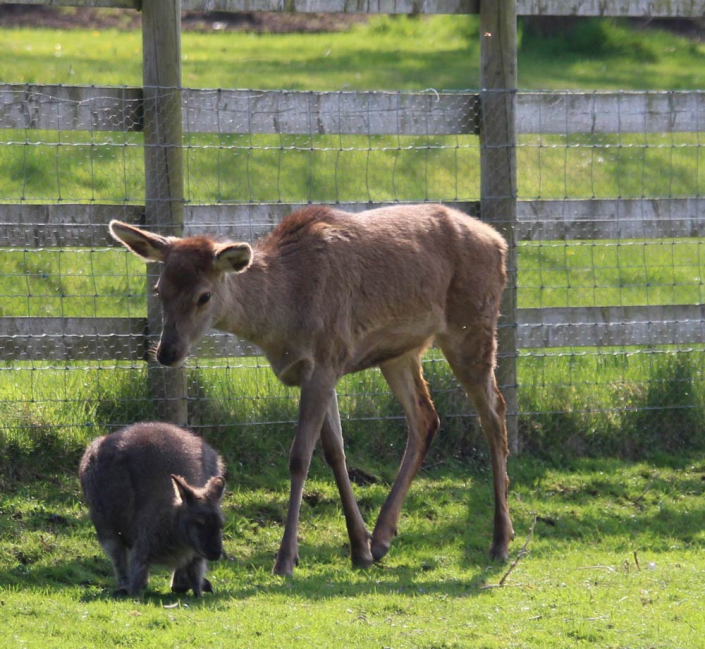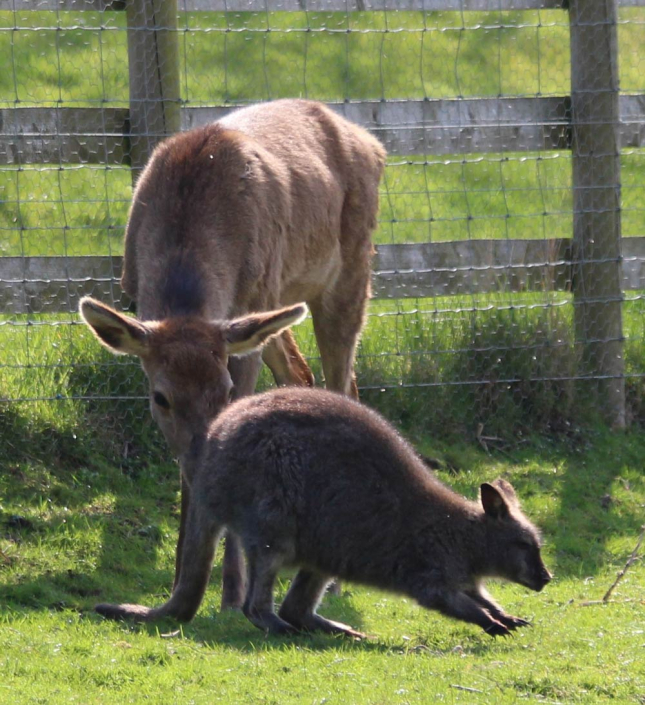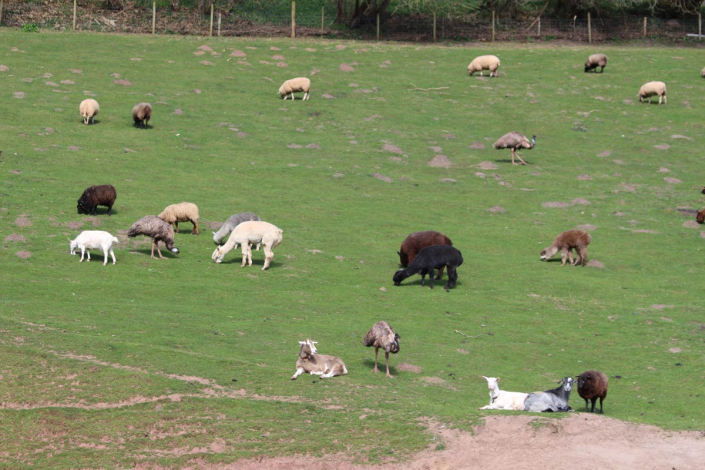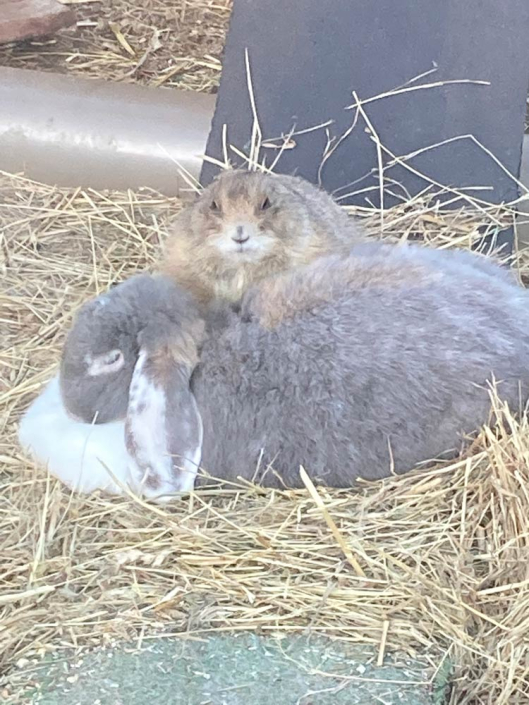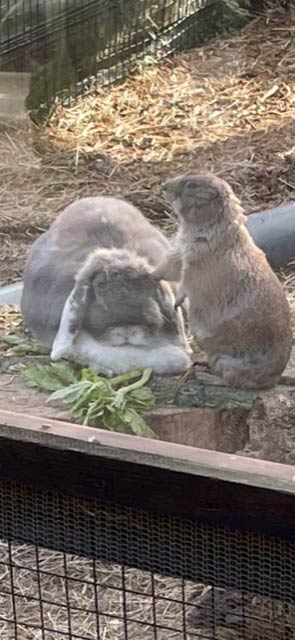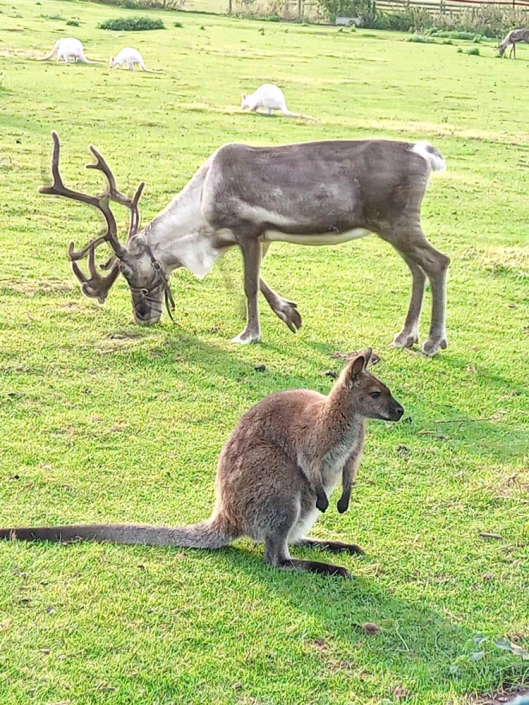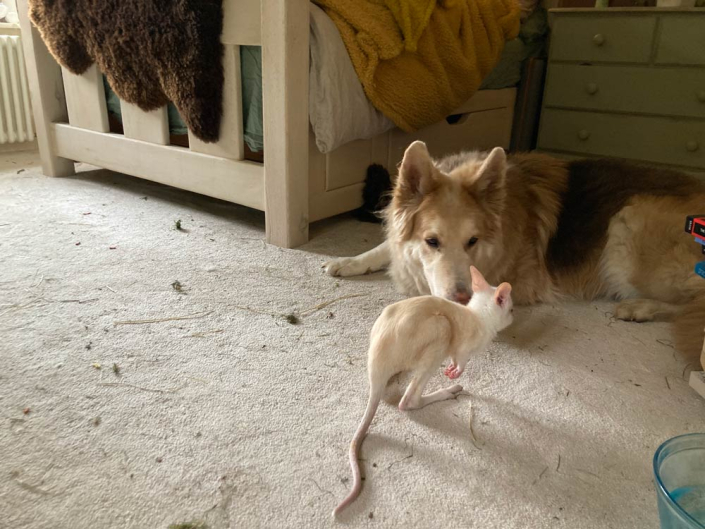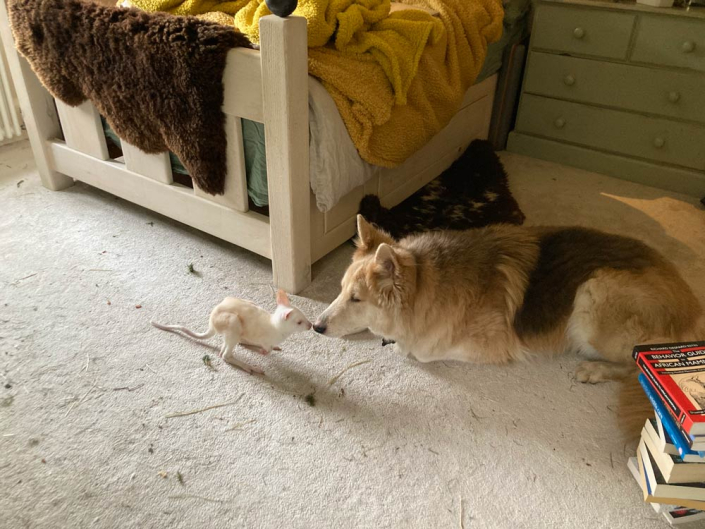Who Do we rescue?
We deeply care for the welfare of all animals, however, on the grounds that it is significantly harder for wild non-native animals to find genuine sanctuary this is our focus.
We take on, where space permit
- Non-native mammals…
- whose current existence does not meet their needs
- who will be euthanized if the current owner cannot rehome them
- where the current owner is being closed down by the authorities
- where the current owner, through a change in circumstance, can longer care for their animal and the animal has needs that cannot be readily met in private ownership
- And animals caught up in the closure of petting zoos and exotic animal centres with nowhere to go
We regret we cannot help with
- Reptiles
- Farm stock
- Horses
- Birds
- UK domestic pets e.g. cats, dogs, rabbits, hamsters where alternate established rescue centres already exist and where the needs of the species can be met through private ownership
Our mission
We’re a not for profit C.I.C sanctuary for wild captive animals traded and kept as pets,
that rescues and rehabilitates those in need and
inspires humans to end the wild pet trade.
Where do they come from?
Owners ask us to take in their wild animals because:
- Their circumstances have changed. Reasons frequently cited are financial, divorce, moving home, physical and mental ill health
- The owner dies
- They have changed their mind about having an exotic animal in their lives
Animals also end up at WildSide when:
- The police confiscate dangerous animals that are being kept in someone’s home or garden without a license
- Local authorities close down a breeder or pet owner so the animal needs to be rehomed
- Wild pets are presented to the RSPCA or SSPCA by their owners or members of the public or the owner is being pursued for cruelty and neglect. These institutions are often not equipped to take on the care of the wild animal and need a place to move them too
- Wild animals are also taken to zoos by owners trying to rehome them. Most Zoos are not set up for taking in rescues from the general public, not least because many rescues do not have full paperwork and their genetic make-up is not known. Zoos contact us to see if we can assist
- A petting Zoo or Farm closes down and the animals face euthanasia
Integration and introduction of species
We have successfully integrated many new arrivals into existing rescue groups or with a new companion. Every case is unique and thoroughly assessed prior to action. These principles govern the process we follow, until full integration is achieved.
Social Requirements
Confirm the exact social requirements of the species in the wild. For example, we do not attempt interaction of animals that are solitary in the wild or add an animal into a group that is family based and will kill intruders
Integration
Confirm all animals involved in the planned integration are healthy and eating well as integration can be stressful and we do not want an infectious disease spreading
Position
Position the animals to be integrated so that they can see and smell each other
Initial Observation
Observe interactions and behaviour of the animals planned for integration direct and via cameras
Movement of Items & Faeces
If appropriate move items and faeces between the enclosures so the animals get the smell of their planned companion
Boundary Feeding
If appropriate place feed at the boundary so they experience eating together
Enclosure Familiarity
Move the animals into the other’s enclosure, one or more times, so they become familiar with the other enclosure lay out
Introduction on Neutral Territory
If appropriate introduce the animals in a third new enclosure that neither have been in before so territorial behaviour is diminished
Introduction Checklist
At point of introduction:
- schedule for am so have a full day to observe
- have a planned strategy for separation if the introduction goes wrong
- decide if introduction is for a short time and repeated several times or continuous
- create options for the animals to get away from each other in the enclosure
- capture equipment to hand including protective gloves and crates
- medical supplies on hand
Distraction Tactics
At point of introduction be prepared with appropriate distraction tactics, for example
- Food scattered for some species (for others could excite aggression)
- New enrichment activities placed in the enclosure
Separation
Separate if stress of any animal persists beyond that expected at introduction. Keep side by side for another introduction when the animal (s) are calmer
Regular Observation
Observe through cameras at regular intervals during the rest of the day and a planned schedule for observation through the night
Companionship across species
Where we have a single animal arrive, that in the wild lives would live in groups, we do whatever we can to provide a social set up until we can move the animal to a same species group or are requested to take in more of the same species. Here are just some of the unlikely companions that have emerged.
